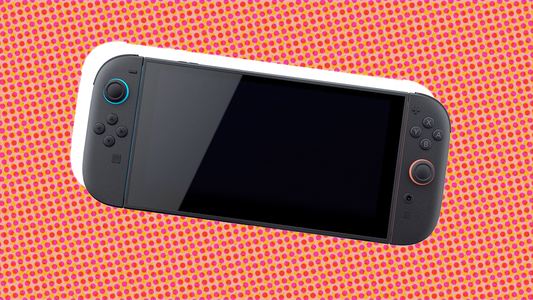This article builds on previous articles I've written and talks I’ve given. It gives more background information and context on how Scientific Revenue thinks about the evolution of IAP monetization, leading up to a brief discussion of annuities. The goal is to convince you that the future of IAP monetization involves highly differentiated offers and offer types. As part of this, annuities are briefly described. In a subsequent article, I’ll discuss, in detail, how to design annuities.
Mobile Gaming is Big Business
You’ve heard it before. Mobile games are now big business. But it’s true, and it’s worth mentioning once again: Mobile gaming, and free-to-play gaming more generally, is now a huge and highly competitive market. Consider, for example:
Middleware companies that help mobile games monetize are increasingly valuable and are being sold for billions of dollars.
What happens when you have a huge market of enthusiastic consumers, with an enormous number of companies competing for their business?
Well, for one thing product quality goes through the roof as companies compete for business. And we see this in mobile gaming – the games are generally awesome and they’re getting better all the time. The overall rate of improvement is astounding.
Another consequence is that there’s a huge trend towards commercial sophistication—as the market matures, figuring out how to reach consumers and how to get their business becomes a major focus point for companies.
In 2014 to 2016, for example, leading gaming companies became increasingly sophisticated (and increasingly automated) in how they marketing and user acquisition. For example, we saw:
Advanced user targeting, such as Facebook custom audiences and retargeting are being used to make user acquisition and retention more effective.
Commercial Sophistication Increases
At Scientific Revenue, we see this trend towards commercial sophistication increasing, and extending far into the game itself. This is especially true for games that leverage in-app purchases for a significant percentage of their revenue.
To understand this a little better, think of the free-to-play model in a slightly different way: free-to-play really means that the point of sale is located inside the game (not at Amazon or Gamestop) and the game controls what happens at the point of sale.
The following major trends are all simple logical consequences of this point of view:
LiveOps as a Service. Companies such as Playfab are increasingly enabling special in-game behaviors, limited time events, behavioral incentives, and offers targeted at individual players or segments of players. Think of them as in-game concierge platforms, helping to enable better experiences but also targeting specials and offers for increased revenue.
Dynamic pricing services and revenue optimization services. Companies like Scientific Revenue leverage data and machine learning to tune and optimize monetization models and thereby increase revenue.
Revenue tuning and control services. Advertising and mediation layers have been around for a long-time, and have been leveraging predictive analytics and machine learning for targeting. What’s new is the increasing sophistication around ad control – companies are now segmenting based on “likely to buy in-app purchases” and then making a decision about whether to show ads at all.
The Coming Wave: Different Offers and Types of Offers
Thinking of free-to-play as really being about the location of the point of sale is, it turns out, a very helpful way to think about monetization trends in mobile gaming. Mobile game studios are gradually coming to grips with their new role (running the checkout aisle), and are adopting best practices from retail as they do so.
The next wave in this trendline is offering increasingly differentiated products for in-app purchases. Five years ago, most IAP oriented games had some variation on the following items for sale:
One or two virtual currencies. Usually there was a “hard” currency (that players bought) and sometimes there was a “soft” or “earned” currency that players earned in game.
Some DLC or content packs
A few items related to gameplay that were sold for real-money. “Ad blockers” and “Coin Doublers” were the most common.
Some games were more commercially sophisticated, but the above list came close to defining generally accepted best practices.
Nowadays, most new games come with:
Two or more virtual currencies with different roles in the game.
Multiple points of sale, including a coin store, a splash-screen while the game is loading, and interstitial ads.
Special purpose purchase flows depending on game context (for example, a “more currency needed” flow that offers a simpler purchase experience and restricts the user to a subset of the available coin bundles).
Bundled merchandise and currency packs sold in real-money transactions.
Special offers carefully designed for segments of the population
For example, if you look at the most recently installed game on my phone (nWay’s Power Rangers: Legacy Wars), it has:
Two currencies: Power Crystals and Power Coins
An always-populated special on the main page, which has either characters (available for power coins or crystals) or bundled merchandise deals for real-money transactions.
A “Special Offers” tab in the coinstore, with evergreening specials that go away (and so have a special call to action)



































